talkingfashion
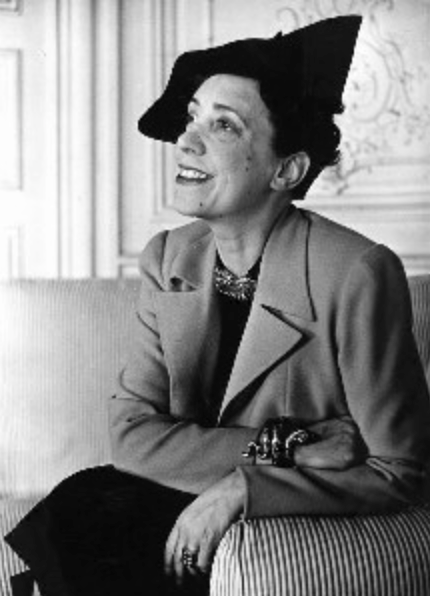
The Fascinating and Visionàire Italian Designer...
Elsa Schiaparelli was an Italian fashion designer who, along with her rival Coco Chanel, is regarded as one of the most prominent figures in fashion between the two World Wars....
The Fascinating and Visionàire Italian Designer...
Elsa Schiaparelli was an Italian fashion designer who, along with her rival Coco Chanel, is regarded as one of the most prominent figures in fashion between the two World Wars....
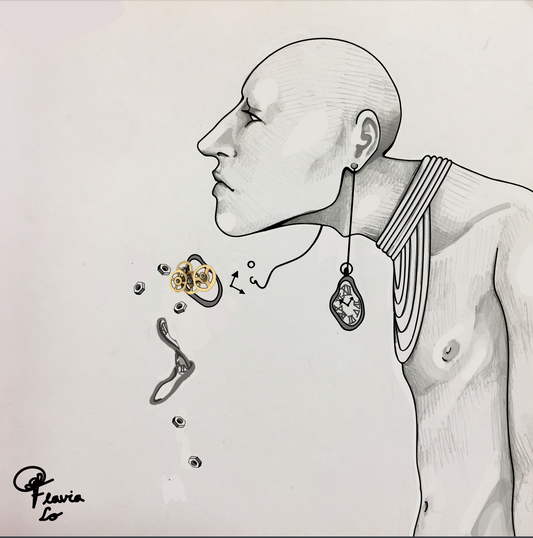
Art Fashion and Surrealism
Watch out for tomorrow email from us. Haven't sign up yet? Join now! Sketch by Flavia Lobato (OSU student and fashion intern with talkingfashionnet)
Art Fashion and Surrealism
Watch out for tomorrow email from us. Haven't sign up yet? Join now! Sketch by Flavia Lobato (OSU student and fashion intern with talkingfashionnet)
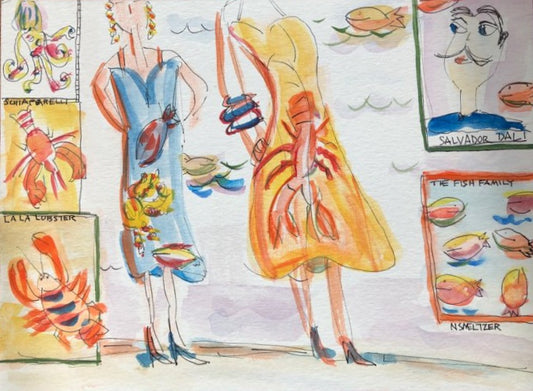
Have you sign up to receive our Friday email? W...
"Style is a simple way of saying a complicated thing". Jean Cocteau Watercolor by Columbus local artist Nancy Smeltzer
Have you sign up to receive our Friday email? W...
"Style is a simple way of saying a complicated thing". Jean Cocteau Watercolor by Columbus local artist Nancy Smeltzer
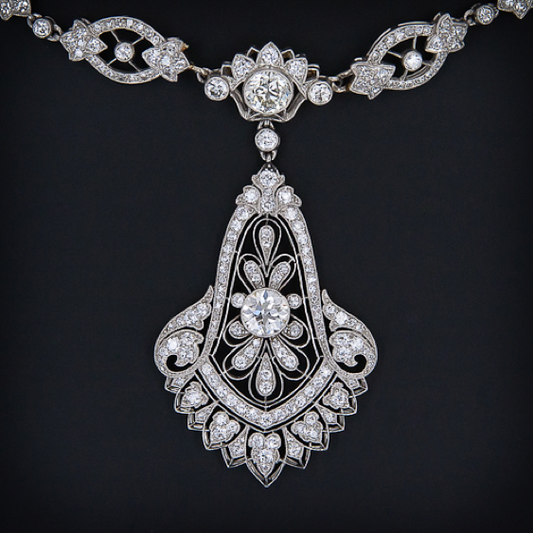
Art Deco and the Birth of Glamour
Art Deco and the Birth of Glamour by Paige McKirahan In a time when the stock market followed the length of lady’s skirts, a new era of art and...
Art Deco and the Birth of Glamour
Art Deco and the Birth of Glamour by Paige McKirahan In a time when the stock market followed the length of lady’s skirts, a new era of art and...
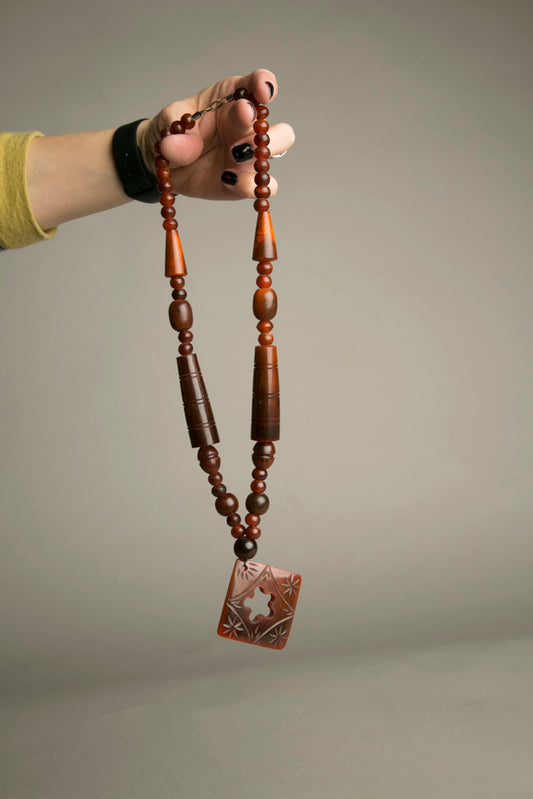
Celluloid, Bakelite, and Plastic: What Are They...
Celluloid, Bakelite, and Plastic: What Are They and How Are They Different? By Paige McKirahan You walk into Barney’s New York with the intention of accessorizing for a night...
Celluloid, Bakelite, and Plastic: What Are They...
Celluloid, Bakelite, and Plastic: What Are They and How Are They Different? By Paige McKirahan You walk into Barney’s New York with the intention of accessorizing for a night...
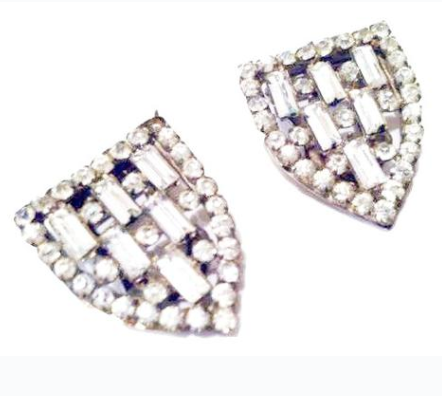
From Drab to Fab: The Functionality of Dress an...
From Drab to Fab: The Functionality of Dress and Shoe Clips By Paige McKirahan Have you ever wondered how you can change your boring, plain dresses and shoes into...
From Drab to Fab: The Functionality of Dress an...
From Drab to Fab: The Functionality of Dress and Shoe Clips By Paige McKirahan Have you ever wondered how you can change your boring, plain dresses and shoes into...